Parents can positively influence their teen’s driving behavior, and this influence can persist even after their teen begins to drive unsupervised.
—Dr. Corinne Peek-Asa, Associate Dean of Research of Occupational and Environmental Health, University of Iowa
The practice of distracted driving among teens has become commonplace and deadly. Studies show that although 80% of teen drivers understand using a cell phone while driving is dangerous, over one-third of them admitted they had done so in the past month (Kareklas & Muehling, 2014, p. 226). In other words, even though adolescent drivers know it’s dangerous, they consistently use their phones while behind the wheel. The habit seems so ingrained that many parents wonder if they can help their children break it.
Though there are certainly many obstacles standing in parents’ ways, it is comforting to know that the research repeatedly suggests that they can and do make a difference (Peek-Asa et al., 2014, p. 780; Ginsburg et al., 2009, p. 1047; Yang et al., 2013, p. 334). By talking to your children about safe driving practices, conversations about staying safe will impact their driving.
A parent’s relationship with their child matters more than the specific way they approach the topic [of distracted driving].
—Dr. Corinne Peek-Asa, Associate Dean of Research, Department of Occupational and Environmental Health, University of Iowa
The Relationship Matters the Most
Talking with kids isn’t always easy. Many parents are not sure how to broach the subject effectively enough to get buy-in from their children. As it turns out, the words we say may not be as important as we think. Research suggests that a parent’s relationship with their child matters more than the specific way they approach the topic (Peek-Asa et al., 2014, p. 783). Dysfunctional relationships are more likely to produce responses of suspicion and the questioning of parental motives by the teen, making any message harder for them to hear (Kareklas & Muehling, 2014, p. 233). On the other hand, if teens trust their parents, know they have high expectations, and feel supported by them, they are more likely to respond positively to a conversation about safe driving (Ginsburg et al., 2009, p. 1047). Remember, it’s never too late to start forming a relationship of trust with your child.
What to Say and How to Say It

Here are some principles to keep in mind when deciding what to say to teens about safe driving.
Tips for talking with teens about driving:
- Highlight the dangers of using a phone while driving
- Brainstorm alternative solutions
- Appeal to emotions
- Talk regularly
- Start the conversations before they drive kids early
- Be willing to share how you may have experienced the pull to look away from the road
Beware of push notifications
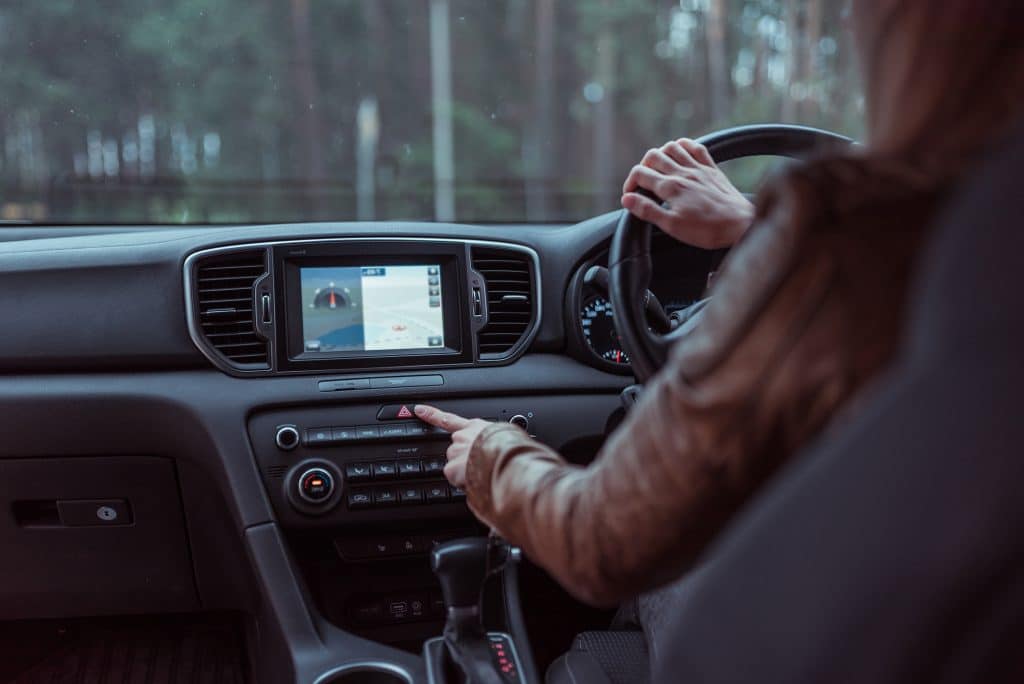
Very few of us can resist attending to the ping or buzz from the many push notifications we receive each day. Researchers looked at how just hearing the sound of a notification causes the brain to divert its attention from the immediate task of driving and results in impairment (Stothart, 2015). Referred to as ‘attentional cost,’ this phenomenon is an expected human response. You can empower teens to make better decisions by disclosing how this is typical of young drivers and then discussing how to stay focused.
Highlight the consequences of distracted driving

Parents can downplay the ‘advantages’ of using a cell phone while driving by reframing the situation to identify priorities (Pamela, 2020, p. 840). Teens still drive while distracted, even when they know it’s dangerous. They often feel that the advantages outweigh the risks. Initiate a discussion where you compare and contrast the benefits and the risks of using a phone while driving. Be willing to ask them if they have ever observed you driving while distracted by your phone. Getting real and transparent will help them understand how the so-called advantages pale compared to the risks. Check-in regularly to ensure each other is driving with focused attention.
Brainstorm alternative solutions
Brainstorm different ways your kids can withstand the temptation to use their phones while driving. For instance, if a child feels a phone call needs an immediate answer, set the expectation that they always pull over to take the call. As you brainstorm, remember that these conversations are most successful when you focus on your relationship rather than the problem itself. When adolescents are allowed to lead the discussion, they feel more supported and less controlled (Ginsburg et al., 2009, p. 1047). In other words, “How can you stay safe?” instead of “This is how you stay safe.”
Appeal to their emotions
If your parent-child relationship isn’t very strong, consider focusing more on emotions than logic when conversing with your child. When trust is low, individuals respond better to emotional arguments than rational ones (Kareklas & Muehling, 2014, p. 233). You can take an emotional appeal by explaining how much you love your child, how hard it would be to see them get hurt, and how your life wouldn’t be the same without them.
Talk Regularly

A single conversation will likely not improve driving safety indefinitely. Even the best safe-driving programs begin to see diminished results as time goes on (Peek-Asa et al., 2014, p. 780). For this reason, adolescents need continuous conversation. Typically, the more frequent the conversation, the higher the likelihood that teens will practice safe driving habits when their parents are not in the car (Yang et al., 2013, p. 337).
Since all parent-child relationships are unique, individual parents are in the best position to determine exactly how frequently these conversations should take place. Keep in mind that your teen’s perception of these conversations is more important than yours in making that decision. This means you would do well to check in with your child about how they feel about the frequency and tone of your conversations (Yang et al., 2013, p. 337).
Teach Safe Driving Habits Before Kids Learn to Drive
Although it’s common to wait until kids are preparing to get their driver’s licenses before we begin talking about responsible driving habits, research suggests that we can help our children the most by talking about best practices “well before they start driving” (Pamela, 2020, p. 840). For instance, point out motorists on their phones and discuss why multitasking at the wheel is a bad idea, even if the driver thinks they’re good at it. Make it a game and have children look for both positive and dangerous behaviors. Have kids imagine how they would approach a busy intersection. Younger children will get excited about the prospect of driving and will consider you to be the expert.
Teen Talk: Discuss distracted driving campaigns together
Looking for a way to keep the conversation going about safe driving habits? Scroll through this library of distracted driving campaigns. As you look them over with your teen, chat about which campaigns they think would be the most effective. Encourage them to tell you how they would improve them. You’ll be arming your child with facts while you talk, and avoid using the heavy hand most teens resent.
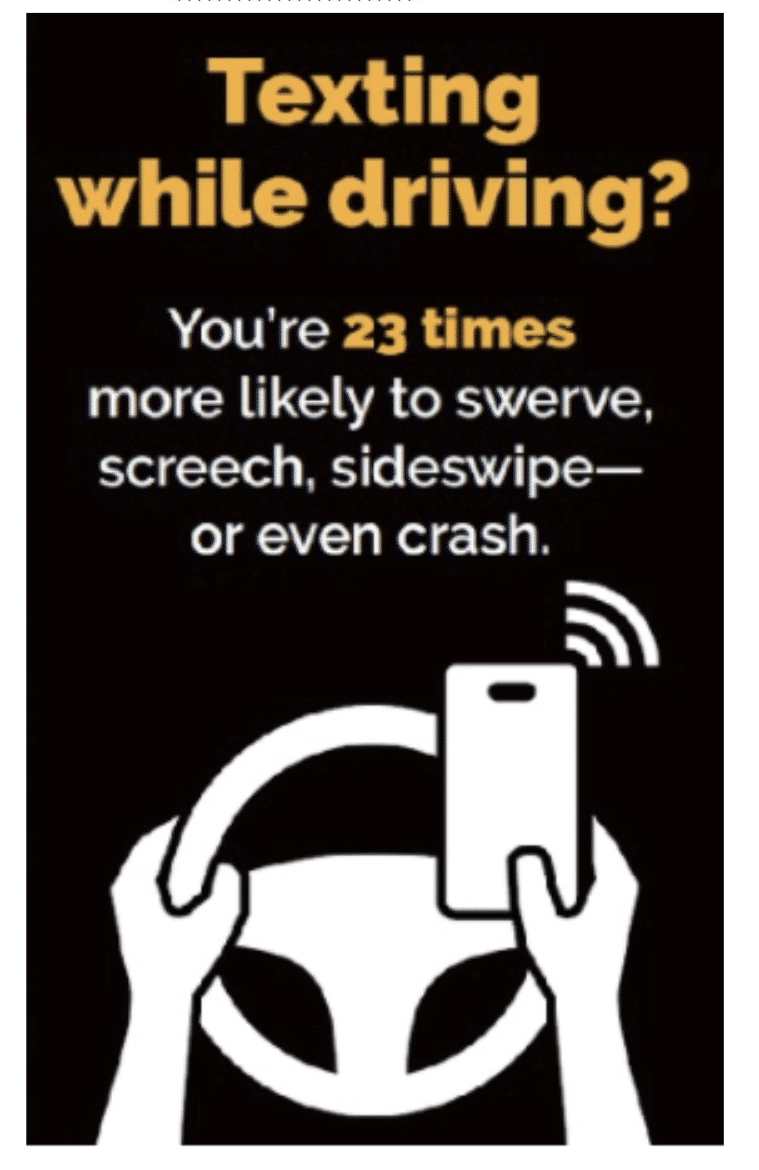 (SFMTA, 2019)
(SFMTA, 2019)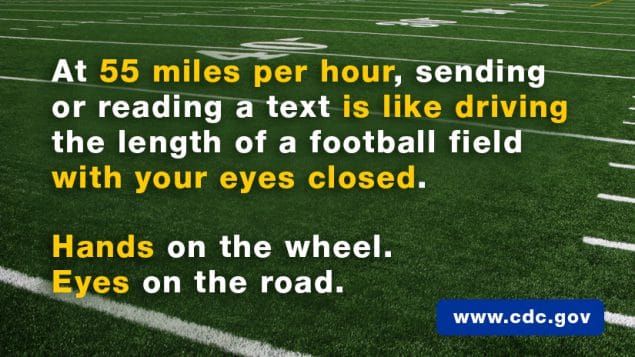 (CDC.gov)
(CDC.gov)
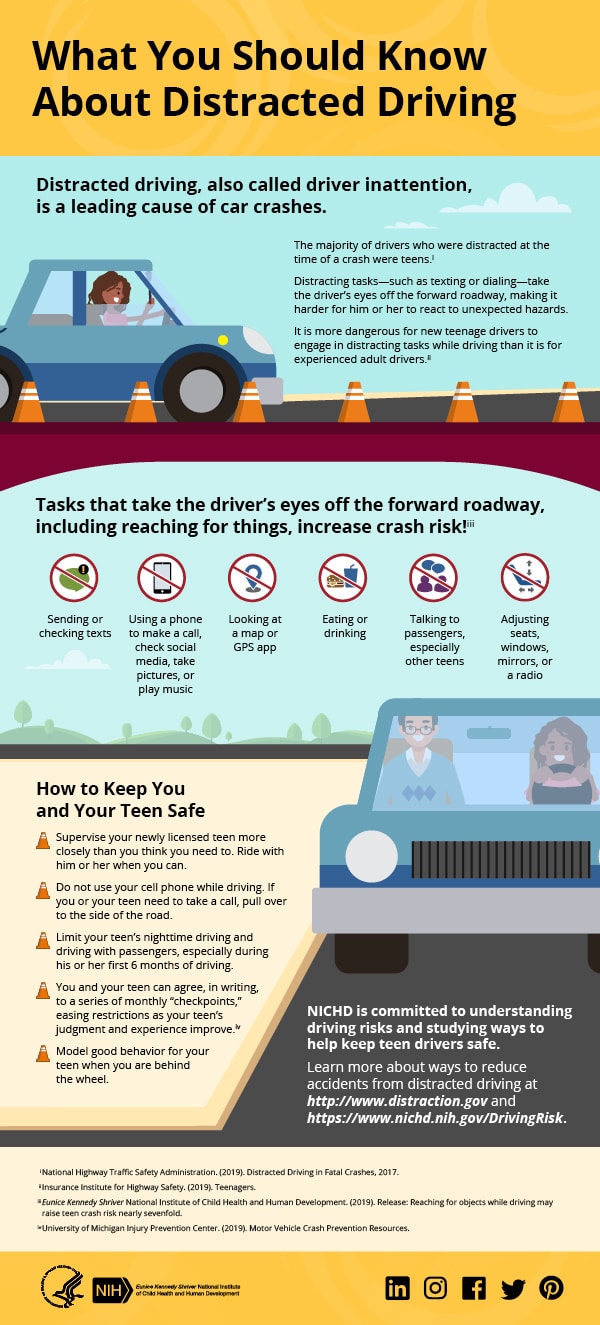 (NICHD.gov)
(NICHD.gov)
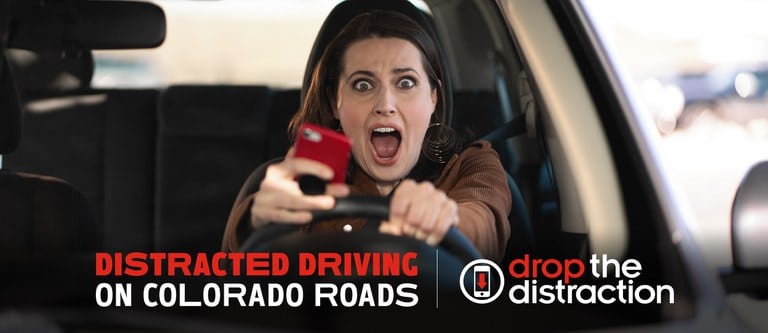 (Colorado Department of Transportation)
(Colorado Department of Transportation)

